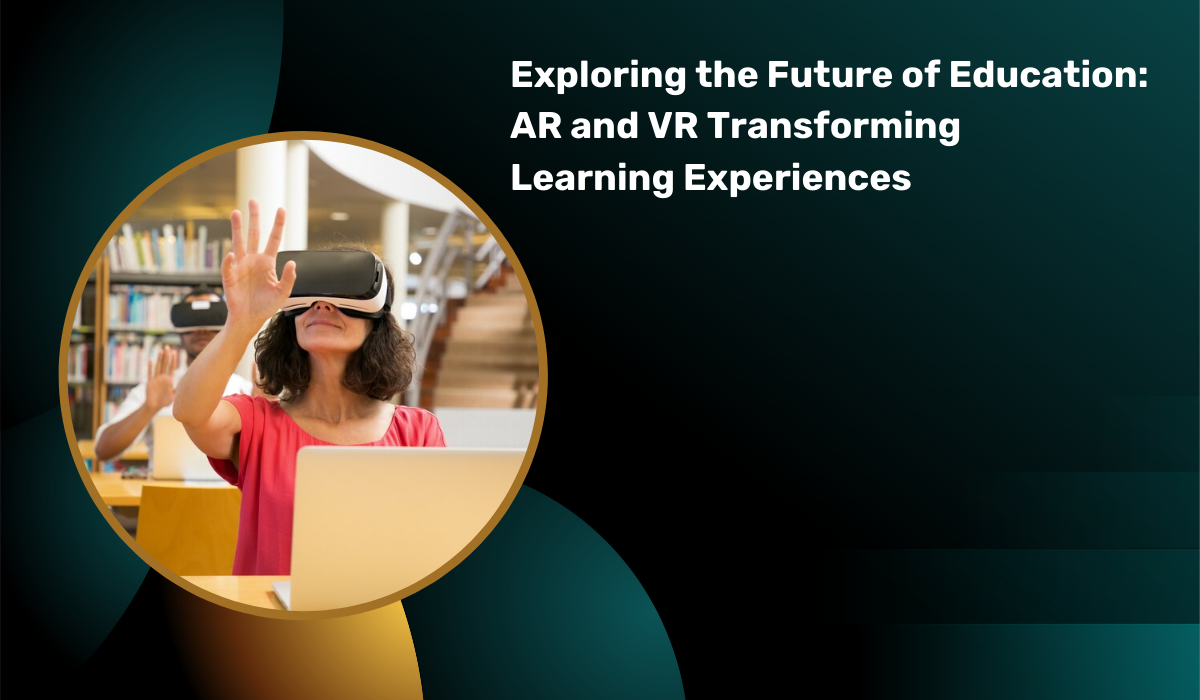
Recent advancements in science and technology have brought about a significant transformation in the realm of education. Particularly, groundbreaking technologies like augmented reality (AR) and virtual reality (VR) have reshaped the way learning activities are conducted and the environments in which learning takes place. These immersive technologies have the potential to augment traditional learning methods, fostering problem-solving skills among students across different educational levels, including undergraduates and adult learners.These technologies offer educators innovative avenues to deliver content and engage students, ultimately enriching the overall learning experience.
AR overlays digital content onto real-world scenarios, providing an immersive experience of virtual objects in tangible environments. For instance, educators can utilize AR apps to illustrate concepts such as volcanic eruptions, enhancing subjects like geography or geology by showcasing real-world applications. Meanwhile, VR technology creates entirely virtual environments, enabling experiences like virtual field trips or simulations in virtual laboratories, thereby offering hands-on learning experiences previously unavailable in traditional classrooms.The integration of immersive technologies in education not only enhances problem-solving skills but also fosters immersive learning experiences tailored to the preferences of digital-native students.
Through AR and VR, students can engage in interactive learning experiences, exploring historical events, distant locales, or even the inner workings of biological systems. These technologies captivate students' attention, deepen their understanding of subjects, and ignite curiosity and enthusiasm for learning. Furthermore, AR and VR facilitate collaborative learning experiences, enabling students to collaborate on projects and solve problems together regardless of physical distance.Despite the vast potential of AR, VR, and other emerging technologies in education, their integration into classrooms presents challenges such as limited access, cost concerns, and the need for teacher training.
Additionally, considerations surrounding data privacy, digital citizenship, and screen time management necessitate careful attention to maximize the benefits while mitigating risks. Nonetheless, the rise of immersive technologies represents a paradigm shift in education, empowering educators to enhance traditional learning methods and equip students with essential skills for success in the digital age and beyond. As technology continues to evolve, embracing innovative educational approaches will be imperative to prepare students for the challenges of tomorrow.